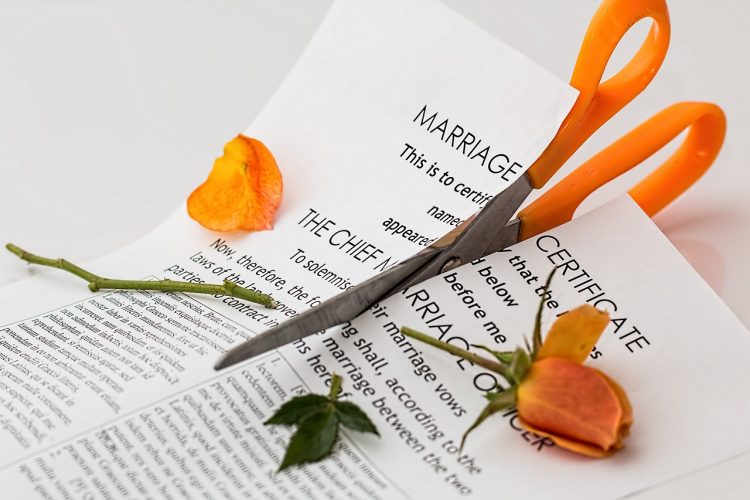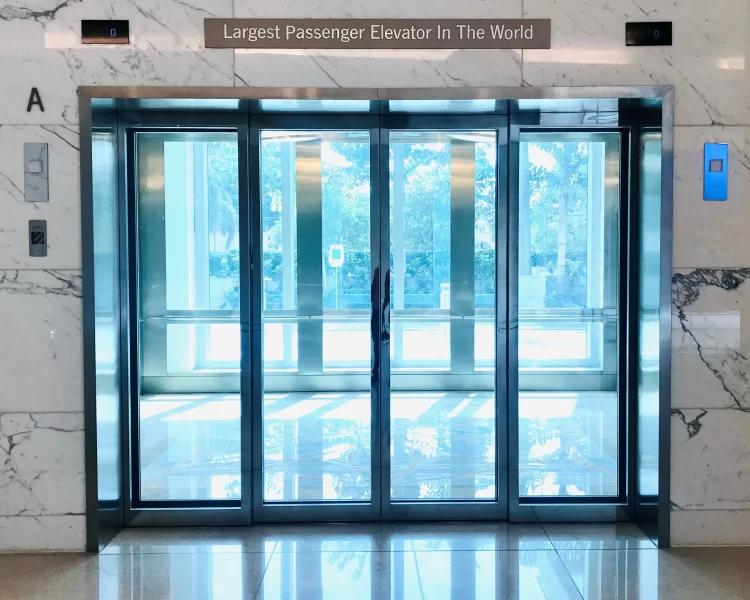Fancy menus may be enough for most restaurant diners around the world, but not in Japan. Here, image is everything and before going in for a bite, people want to see exactly what the food they want to order looks like. That’s where Japan’s realistic plastic food displays come into play…
Japanese fake food models can be traced back to 1917, but it wasn’t until 1926 that a restaurant owner decided to use them in a glass casing, to attract more customers. His idea was a big hit and people flocked to his venue hoping to get a serving of the delicious meals displayed outside. Soon, other restaurants followed his example and fake food display making became a lucrative business. In 1932, Iwasaki Ryuzo set up up a company that made and sold fake foods to restaurants and today it’s Japan’s top plastic food manufacturer. Business is very lucrative, as estimates show it produces revenues of billions of yen every year. For an entire menu, executed to perfection, luxury restaurants will pay up to one million yen.
In the old days, fake food models were made from wax. It was melted and pored into molds made from kanten (a seaweed jelly), but today manufacturers use silicon molds in which they pour liquid plastic and heat it up until it hardens. Modern materials and techniques apparently make the food considerably more realistic. Restaurants send fake food makers the exact item they want replicated, along with photos. Silicon is poured around and over the disk and solidifies into a mold, which is then filled with liquid plastic and cooked in an oven. Then comes the really hard part – getting the details right. Oil based paints, regular brushes, air brushes, knives and carving tools are all part of fake food artist’s arsenal, but they all keep their techniques a secret.

Restaurants have become very picky, so every dish has to be recreated perfectly. Fake food makers all know the basics of the trade, but many times they have to improvise and find ways to make the fake food look just as good or better than the edible original. This makes a world of difference to restaurant owners, because plastic foods are supposed to eliminate all doubt from a potential diner’s mind and send him in to order a serving of the real thing. Customers have become attached to the displays as well, and say they give people a sample of what they’re actually going to receive, unlike restaurants around the world where they just have to guess from the menu. Even though real food doesn’t always look as good as the plastic model, at least they get a pretty good idea before ordering.

These mouth-watering fake food models are popular all throughout Japan and neighboring countries like South Korea and China have also adopted this ingenious marketing technique. But it’s more than just advertising good food, the level of detail have raised this craft to an art form and several displays have been exhibited in famous venues like the Victoria and Albert Museum, in London.














